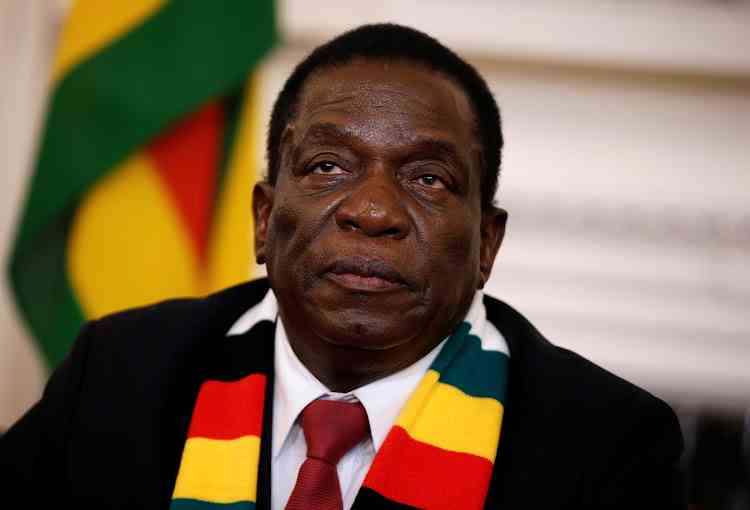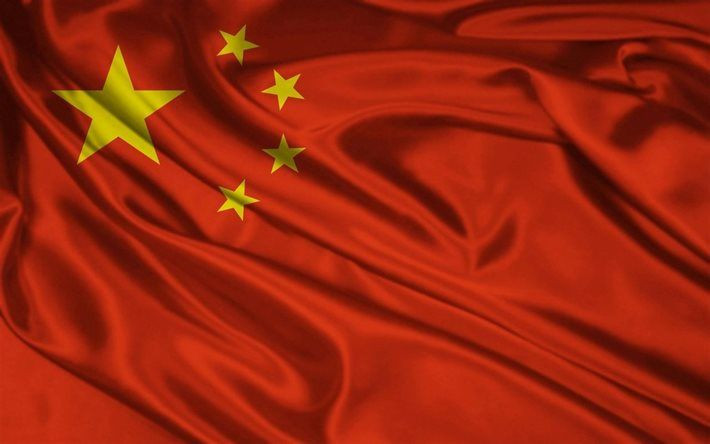
By Tapiwa Gomo Asia and Africa were both colonised by Europe at some stage in history and yet today the two continents are by far at different stages of economic development, independence and self-empowerment. In fact, Southeast Asian was colonised much longer than Africa and yet today it boasts major emerging economies in the world.
The first phase of European colonisation of Southeast Asia took place throughout the 16th and 17th centuries with Europeans seeking monopoly over the spice trade.
It was big business then due to high demand in Europe and this caused tensions among some European States culminating in the need for political and territorial control of some Asian territories. By the 19th century, almost all Southeast Asian lands were under some form of control by European players.
The second phase occurred in the 19th century spawned by the rise of the Industrial Revolution and the desire to control trade and markets by European States occupying countries in Asia. While the main motivation for the first phase was accumulation of wealth, the main drivers for the second phase was to defend and grow spheres of interest, competition for commercial outlets, long-term control of resources and the Southeast Asian economies becoming more closely tied to European industrial and financial affairs by the late 19th century.
It was the same factors that led to the colonisation of Africa by Western European powers during a period known as new imperialism between 1881 and 1914.
The 10% of Africa that was under formal European control in 1870 increased to almost 90% by 1914. The Berlin Conference of 1884, which regulated European colonisation and trade in Africa, is usually accepted as the beginning of the colonisation of Africa even though in the last quarter of the 19th century, there were considerable political rivalries among the empires of the European continent over control of some African territories.
Technically, Southeast Asia endured nearly three centuries, while Africa only experience decades of European colonial rule. Former European colonies in both Africa and Asia went through some of struggle to retain independence — some violent while others were peaceful and negotiated. While geographical contexts and long-term European colonial interests differed in those two regions, there are some factors that differentiate the impact of colonialism in the two regions.
Among these is that Southeast Asian did not allow to be domesticated as happened in Africa. Societies were dispossessed of everything in Africa from their culture, religion, language, property and land. Colonisation left them empty of anything other than their race and were left with a huge responsibility to relearn to be a Western type of a human being who could no longer survive on their own without depending on Western systems. By the time independence was achieved, the sense of self-respect and nationalism was destroyed and replaced by one of self-hate that sees any Westerner no matter their status as superior. This has perpetually made them easy to divide and manipulate in pursuance of Western interests.
- Chamisa under fire over US$120K donation
- Mavhunga puts DeMbare into Chibuku quarterfinals
- Pension funds bet on Cabora Bassa oilfields
- Councils defy govt fire tender directive
Keep Reading
However, Asian countries pursued a different route. First, they abandoned the reliance on foreign models of government and society and worked on systems better suited to their needs and values. Second, it also entailed retaining control of most of their social and cultural agents.
This enabled them to remain rooted in their indigenous identities a basis of their culture, nationalism and unity of purpose.
Achieving this required a concerted social change programme to empty the ideological remnants of colonialism. As noted by some scholars, some Asian countries had to “colonise themselves,” to escape or weaken some of the more corrosive characteristics of Western rule, among them racism and cultural destruction. The objective was to establish a national character for their people.
Most post-independent governments in Southeast Asia refused to adopt and provide Western type of education for several reasons. Some of these include that Western-type of education was tailored to produce laborers when the Asian countries needed entrepreneurs and innovators to help them advance the economic growth agenda.
This saw a massive rise in local intellectuals spearheading this agenda as well as establishing their own schools to support the industrialisation agenda.
It is critical to note that these local intellectuals were not so much against modernisation but they were anticolonial. This became the generation that captained the struggle for economic growth that characterises most Asian countries today.
This understanding that modernisation was not the same as westernisation or remnants of colonisation was critical in the acquisition of Western knowledge and technology.
They embraced modernisation with enthusiasm which entailed locally driven acquisition of modern knowledge and technology to promote their industrialisation.
Military establishments played the role of preserving and promoting national unity as well as disciplined and captain of modernisation.
It is for this reason that cities such as Bangkok in the late 1920s surpassed several established cities as center of modern amenities such as advanced industry electric lighting and medical facilities, the result of which was political and economic stability as these created employment and economic opportunities.
It is for the same reason that a westerner in Asia feels like a visitor, while in Africa, they feel like masters even when they have nothing to offer.
- Tapiwa Gomo is a development consultant based in Pretoria, South Africa.











